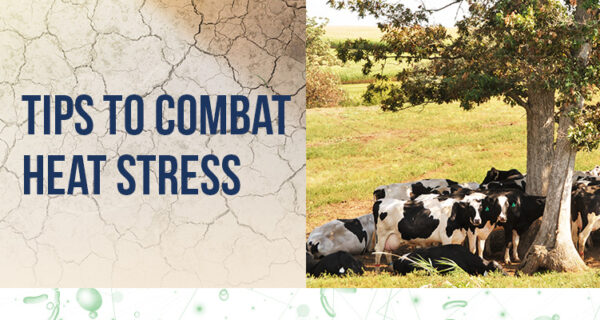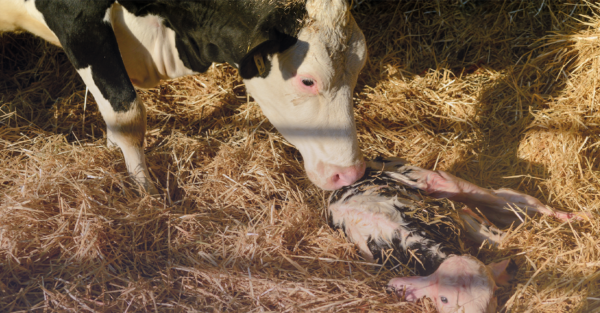News | Reading Time 4 minutes
Feeding live yeast to pre-parturition ewes helps support immunity and robustness in lambs
“Live yeast effects in the dam rumen are translated into higher IgG levels in the colostrum, which are positively transferred to the newborn lamb”
At the 12th International Symposium on Gut Microbiology, Lysiane Dunière, Ph.D., revealed new results showing the effects of feeding live yeast to pre-parturition ewes on the performance and robustness of both the dam and newborn lambs. This effect is mediated through improved quality of the colostrum in terms of immune protection, and better rumen function.
This ambitious research project on the link between rumen function and maternal performance was conducted in partnership with Université Clermont Auvergne and INRAE, UMR 454 MEDIS, in Clermont Ferrand.
‘From the rumen to the udder’
Dunière works as a research scientist at the Lallemand Ruminant Center of Excellence and explained her research: “The transition period is one of the most challenging times for ruminants with tremendous metabolic and dietary changes impacting rumen function and its microbota. The new data confirm previous studies showing the benefits of a live yeast during the transition phase through stabilization of the rumen microbiota (maintainance of fibrolytic populations).” She added: “Here, we are going one step further, moving from the rumen to the udder. Live yeast effects in the dam rumen are translated into higher IgG levels in the colostrum, which are positively transferred to the newborn lamb.”
In this study, the live yeast supplementation effect was evaluated during the last month of gestation. Two groups of gestating ewes (n=14 for each group) were fed either a control diet or a ration supplemented with the live yeast Saccharomyces cerevisiae CNCM I-1077 (LEVUCELL SC).
Stabilizing the rumen microbiota
As in previous studies, metagenomic analysis was conducted on the rumen microbiota. The deleterious effect of parturition on fibrolytic bacteria populations was highlighted. Again, the activity of the specific live yeast in the rumen alleviates these changes in the supplemented animals: the fibrolytic microbial populations in the rumen are stabilized around parturition. As a result, rumen fermentation was also maintained with steady VFAs concentration.
Improved colostrum quality
Moreover, the live yeast-supplemented ewes showed significantly higher IgG concentrations in their colostrum when compared to the control group, which ensures improved immune transfer to the lambs. Indeed, the newborn from the supplemented dam showed higher IgG levels in their blood at birth and at one week of age (figure 1). In addition, there was a higher concentration of the bioactive antimicrobial molecules lactoferrin and sialic acids in the colostrum, which could also benefit the newborn robustness and digestive system development.
More robust lambs
The benefits for the lambs are two-fold:
- Better immune protection through the colostrum, and
- Average heavier birth weights (+327 g, on average), probably thanks to the improved diet utilization during late gestation.
In conclusion, feeding live yeast to gestating ruminants supports fibrolytic populations in the rumen and helps extract more energy from the diet. This improvement of rumen function is associated with better immunity transfer and robustness of the lambs.
Published Oct 18, 2021 | Updated May 29, 2023
Related articles
Need specific information?
Talk to an expert


